Archives
- 2025-12
- 2025-11
- 2025-10
- 2025-09
- 2025-03
- 2025-02
- 2025-01
- 2024-12
- 2024-11
- 2024-10
- 2024-09
- 2024-08
- 2024-07
- 2024-06
- 2024-05
- 2024-04
- 2024-03
- 2024-02
- 2024-01
- 2023-12
- 2023-11
- 2023-10
- 2023-09
- 2023-08
- 2023-07
- 2023-06
- 2023-05
- 2023-04
- 2023-03
- 2023-02
- 2023-01
- 2022-12
- 2022-11
- 2022-10
- 2022-09
- 2022-08
- 2022-07
- 2022-06
- 2022-05
- 2022-04
- 2022-03
- 2022-02
- 2022-01
- 2021-12
- 2021-11
- 2021-10
- 2021-09
- 2021-08
- 2021-07
- 2021-06
- 2021-05
- 2021-04
- 2021-03
- 2021-02
- 2021-01
- 2020-12
- 2020-11
- 2020-10
- 2020-09
- 2020-08
- 2020-07
- 2020-06
- 2020-05
- 2020-04
- 2020-03
- 2020-02
- 2020-01
- 2019-12
- 2019-11
- 2019-10
- 2019-09
- 2019-08
- 2019-07
- 2019-06
- 2019-05
- 2019-04
- 2018-07
-
Although high concentrations of SCR G and SCR R inhibited
2019-08-14
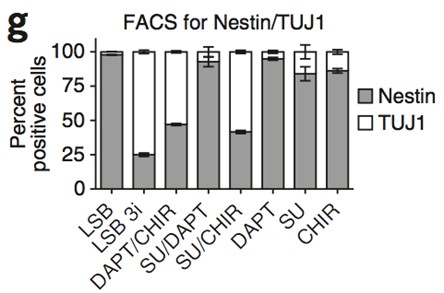
Although high concentrations of SCR7-G and SCR7-R inhibited LigIV as reported [11], the SCR7 derivatives were more effective inhibitors of LigIIIα and, in particular, LigI. Although it is possible that differences in the DNA substrate underlie this discrepancy, it appears more likely that this refle
-
It was demonstrated that the addition of fold excess
2019-08-14
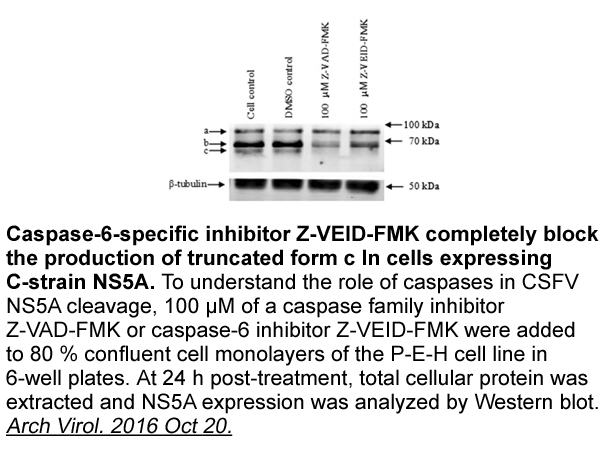
It was demonstrated that the addition of 10-fold excess of α-synuclein without modifications (with respect to the molar concentration of tetrameric GAPDH) leads to partial inactivation of GAPDH after 1-h incubation by 20% (Fig. 4, curve 2) in TNP-470 to insignificant decrease of the specific activi
-
br Experiments and Methods br Results
2019-08-13
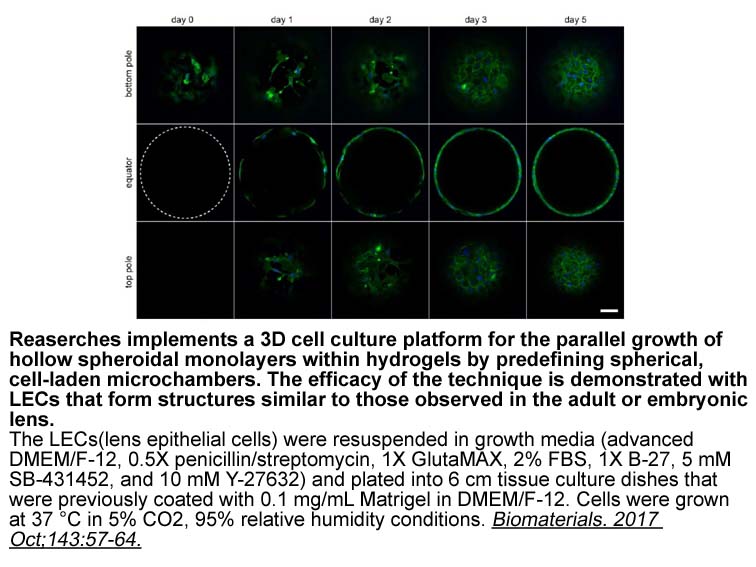
Experiments and Methods Results and Discussion Conclusions Here, the interactions between two newly-synthesized carbazole derivative—cationic δ,δ′‑diazacarbazoles and DNA were characterized by several spectroscopic means, including UV–Vis and fluorescence, AFM and fluorescence imaging. The
-
Mutation in BRCT II domain W R either in
2019-08-13

Mutation in BRCT-II domain (W893R) either in the full-length context or the C-terminal context greatly reduced the expression of LIG4 (Fig. 2B, Fig. 3B), suggesting the importance of BRCT-II domain in the maintenance of LIG4. In this regard, it might be noted that LIG4 protein was undetectable in Li
-
fauc A spectrum of therapies came in order to counter this
2019-08-13
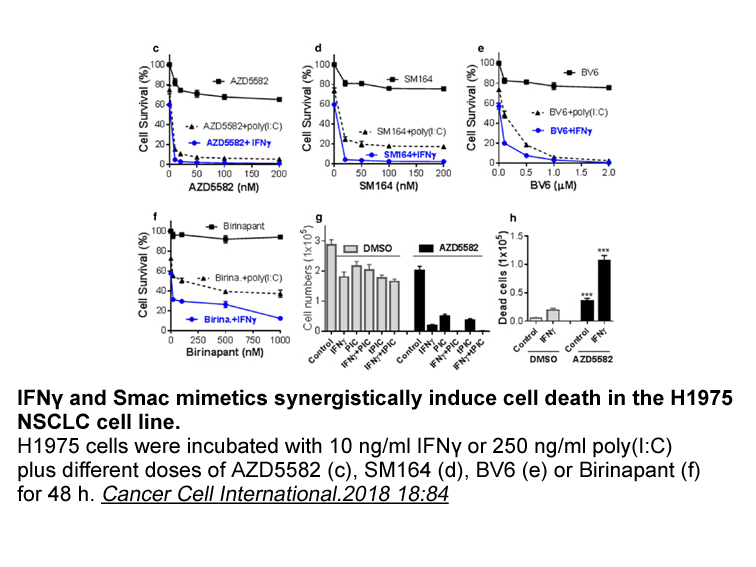
A spectrum of therapies came in order to counter this misfortune, some of them are discussed below. However, the common problem faced by most of these drugs is their emerging resistance after a span of time. Some of the important drugs reported so far are as: Quinine-based antimalarial drugs (Fig. 1
-
Damage of PE HD due to both mechanisms is
2019-08-13
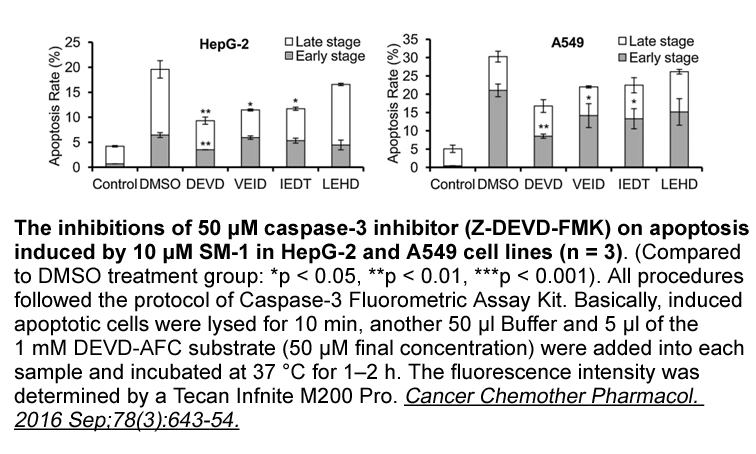
Damage of PE-HD due to both mechanisms is usually considered to emerge from a local stress concentration in the material, leading to the initiation of a crack, which subsequently propagates further through the material, and finally leads to macroscopic failure. In this process, crack growth occurs o
-
In summary A is a potent orally
2019-08-13
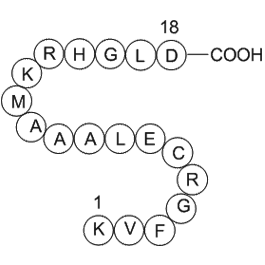
In summary, A-216546 is a potent, orally available endothelin receptor antagonist with a high selectivity for the endothelin ETA receptor. The potency and bioavailability of A-216546 suggest that it will have important utility for preclinical evaluation of the pathophysiology of the endothelin syste
-
Renal injury by cisplatin has been associated with
2019-08-13
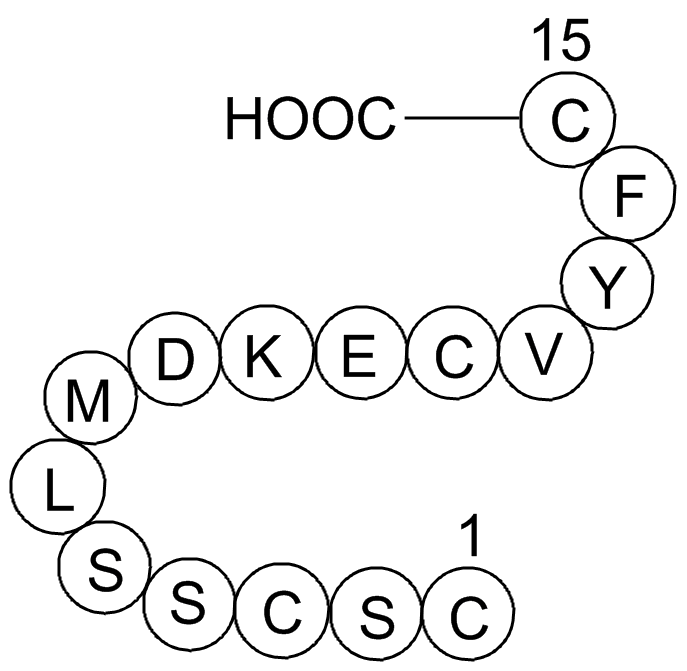
Renal injury by cisplatin has been associated with oxidative stress, inflammation, and apoptosis (Francescato et al., 2007, Iseri et al., 2007, Kiymaz et al., 2008, Ueki et al., 2012). Specifically, apoptosis is an important mode of cell death in cisplatin nephrotoxicity, and many studies including
-
br Conclusion br Funding source br Ethical approval br
2019-08-13
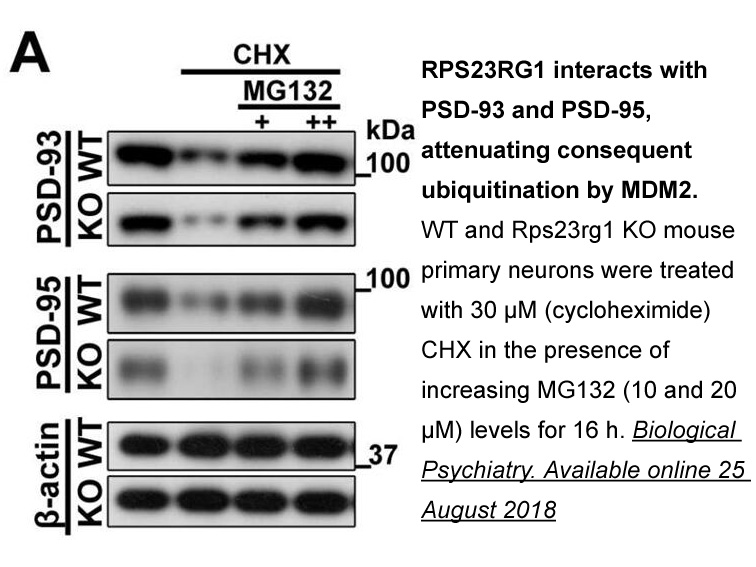
Conclusion Funding source Ethical approval Conflict of interest statement Introduction Traditionally, schizophrenia (SZ) was thought to be associated with neuronal dysfunction; however, the current hypothesis that myelin and, specifically, oligodendrocytes are also involved in the dev
-
Studies carried out with LTRAs before the
2019-08-13
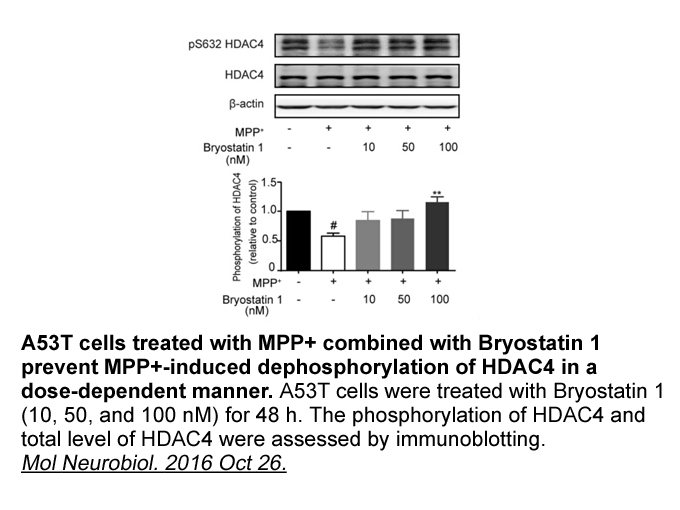
Studies carried out with LTRAs before the identification of the CysLT2R, showed a controversial picture, as results that suggest a role for cysteinyl-LTs in the expansion of ischemic damage and in cardiac dysfunction during reperfusion [5], [68], [69] were evenly balanced by others suggesting that t
-
In a study on the time course of
2019-08-13
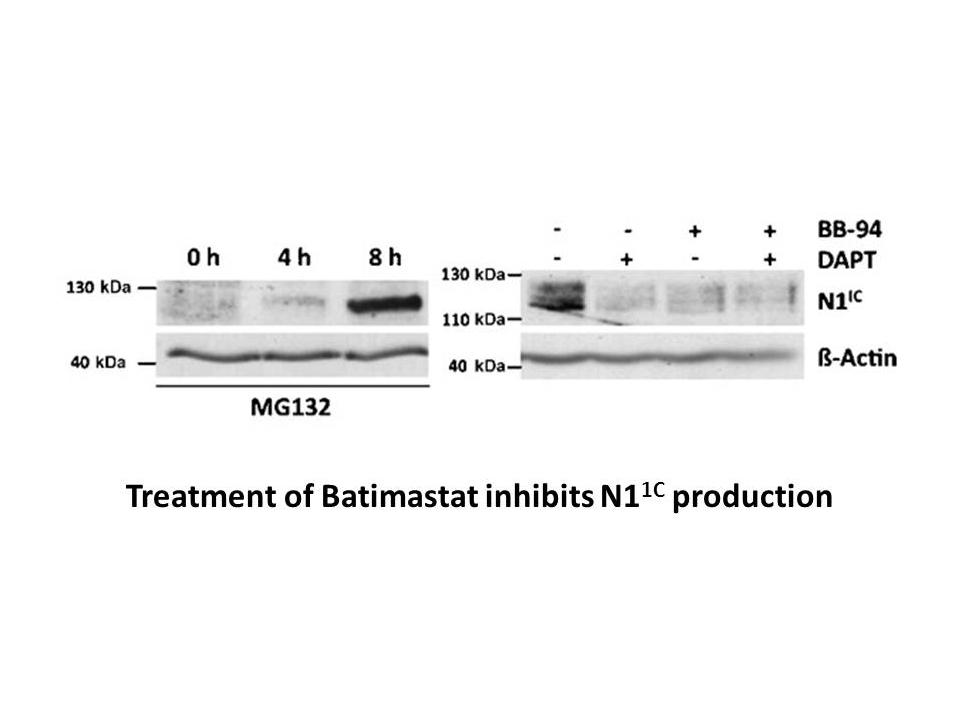
In a study on the time course of a mechanism-based inactivation of CYP3A by HIV protease inhibitors, Katzenmaier et al. [37] reported that the suppression of CYP3A activity continued for threedays after the discontinuation of ritonavir. In the present study, the CYP3A activity on day 28 after a seve
-
Recent reports revealed that CSE affects the endothelial cel
2019-08-13
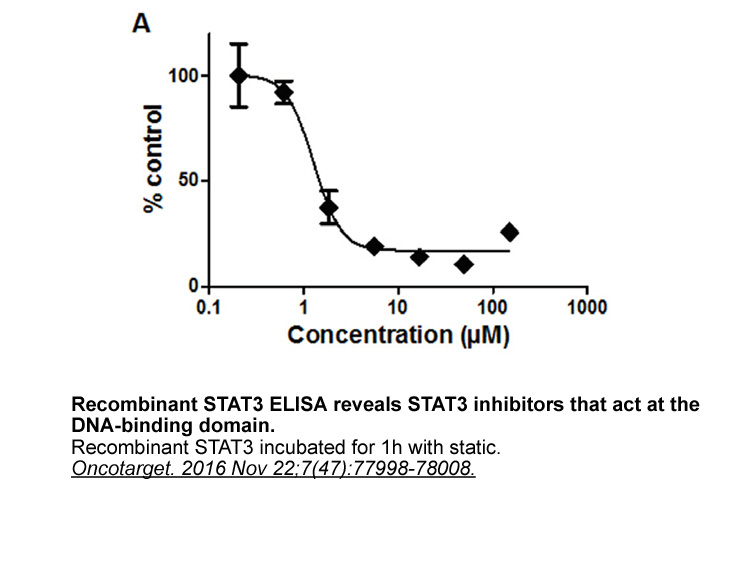
Recent reports revealed that CSE affects the endothelial cells of various tissues like kidney, liver, heart including resveratrol [26,30]. The damage of brain endothelial cells enhances the progress of cognitive dysfunction due to the accumulation of toxic free bio-radicals and activation of inflamm
-
In recent years there has
2019-08-13

In recent years, there has been much interest within the endothelin community regarding the possibility that ETA and ETB receptors may form homo- and heterodimers. Heterodimerization of endothelin receptors may provide an explanation for the results mentioned in the previous paragraph and might also
-
br Effects of estrogen on vascular function Atherosclerosis
2019-08-13
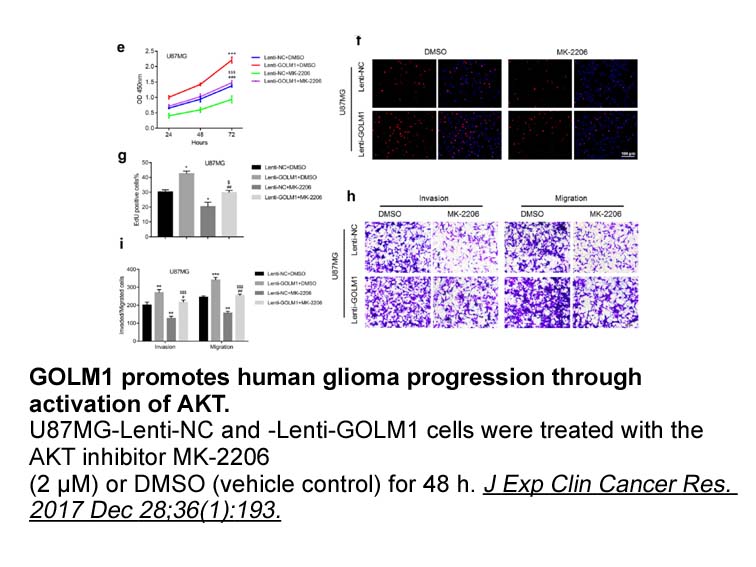
Effects of estrogen on vascular function Atherosclerosis is a chronic inflammatory condition of the vascular wall (Figure 1) that can be converted to an acute clinical event by the induction of plaque rupture or erosion, leading to thrombosis [58]. This perpetuating process is characterized by ph
-
Because of the lack of sequence current knowledge
2019-08-13
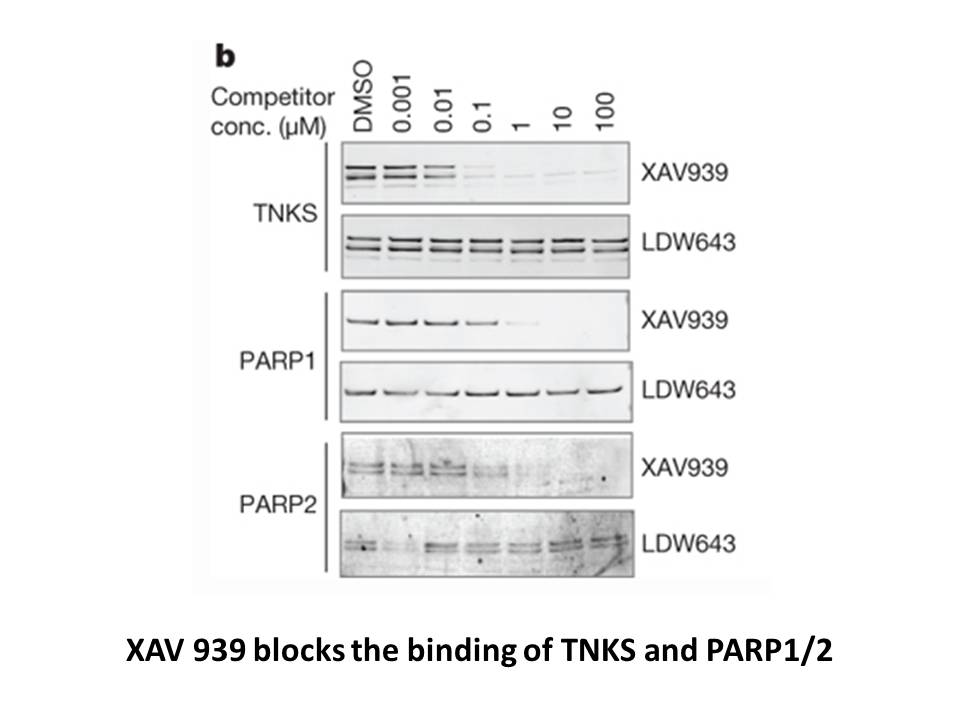
Because of the lack of sequence, current knowledge on the cellular regulation of CoA-IT is scarce. However, recent work has suggested an interesting new role for CoA-IT in regulating the extent of the AA mobilization response in primed macrophages. Bacterial lipopolysaccharide (LPS) is a poor trigge
15994 records 1004/1067 page Previous Next First page 上5页 10011002100310041005 下5页 Last page